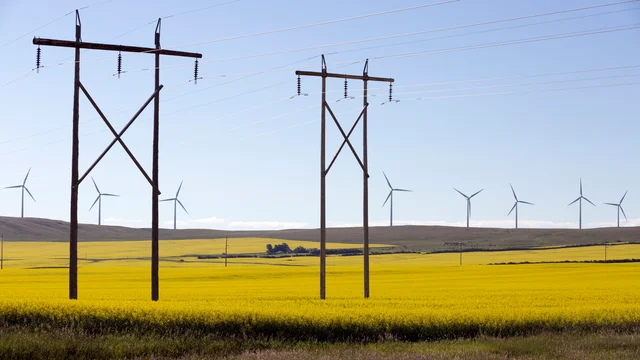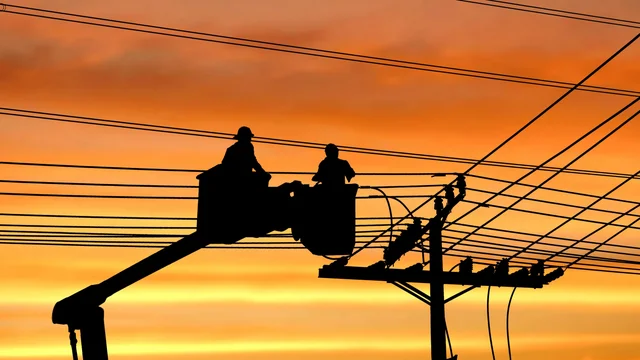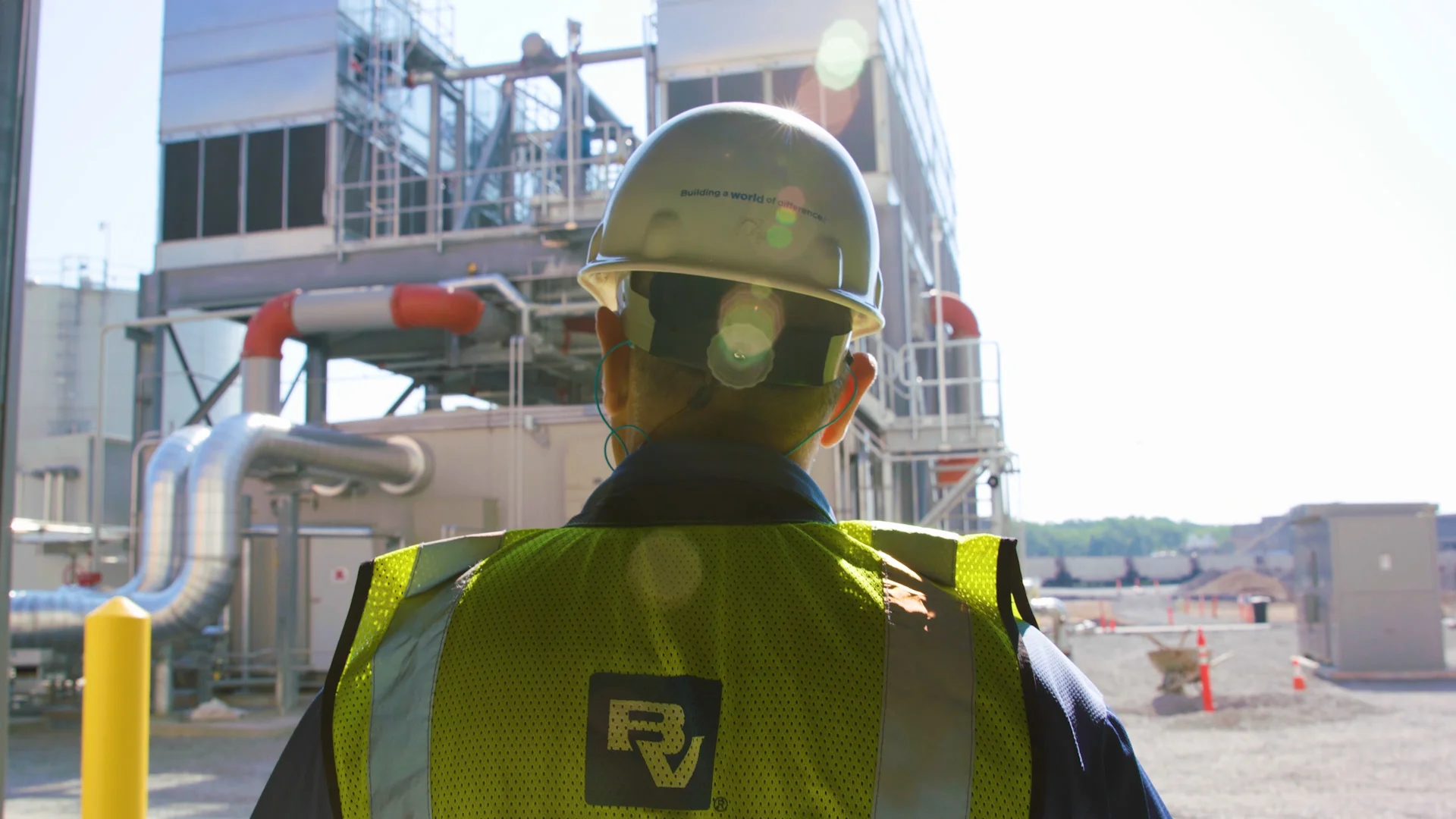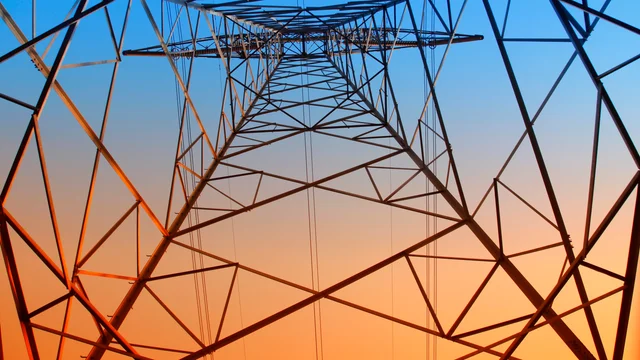
Meet the Urgent Need for Extra High Voltage (EHV) Transmission

Transmission expansion is no longer just a topic of discussion; it’s a pressing necessity. In July 2024, the Department of Energy unveiled an initiative to allocate $371 million to accelerate the permitting of high-voltage interstate transmission lines as part of its $760 million Transmission Siting and Economic Development (TSED) Grant Program. Meanwhile, MISO is gearing up for a monumental $22B investment to expand 765 kV transmission. So, why the urgent focus on EHV transmission now?
Bridging the Gap: Renewable Integration and Power Demand
As we harness wind and solar energy, these resources are often located far from urban centers. To realize a seamless, integrated renewable energy system, we need robust transmission lines capable of handling high-voltage capacities. EHV transmission lines, operating at 345 kV and above, efficiently transport electricity over long distances, minimizing losses and enhancing load balancing. This is vital for maintaining grid stability, especially as the digital age accelerates energy demands. With the rise of AI and data centers, the need for high-capacity transmission lines has never been more critical.
Engineering Excellence: The Backbone of EHV Reliability
Planning and engineering EHV transmission lines demand experienced insight to adopt innovative design standards tailored for high-voltage systems. This involves creating compact designs that maximize power transfer while minimizing land use. Engineers must navigate a complex landscape of factors to ensure these lines are effective, safe and environmentally responsible.
System reliability and stability are paramount. EHV lines are essential for maintaining grid resilience, requiring meticulous planning to balance supply and demand across extensive regions. Advanced protection systems are crucial for detecting and isolating faults, while larger diameter or bundled conductors help reduce energy losses and manage higher current levels.
Moreover, EHV systems face unique challenges, such as corona discharge, which can lead to energy losses and unwanted noise. Engineers mitigate these issues through strategies like bundled conductor configurations and smooth conductor surfaces, ensuring efficient and quiet operation. Adhering to rigorous guidelines for ampacity ratings, audible noise, electric and magnetic fields, and corona grading is essential for compliance and performance.
Managing reactive power and voltage stability is also critical for EHV systems. This often involves integrating shunt reactors, capacitors, and other compensation devices to maintain power quality. Engineers perform calculations to assess resistive and reactive losses, ensuring that EHV lines operate at optimal efficiency.
Ready for a Bright Future Ahead
The push for EHV transmission is not just about expanding infrastructure; it’s about engineering a sustainable energy future. By leveraging advanced engineering practices, we can ensure that our power systems are reliable, efficient, and capable of meeting the demands of tomorrow. As we stand on the brink of this energy transition, the role of engineering in shaping a resilient grid has never been more vital.
This article is an excerpt from The high stakes of extra high voltage: engineering effective EHV transmission lines. Read on for more insights.
Contact Us
Looking for a partner in innovation?
Let's Talk


